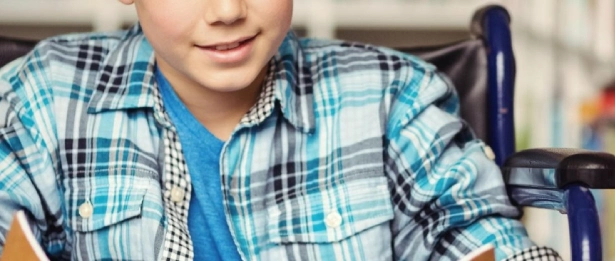Spasticity and Cerebral Palsy (CP)

Cerebral Palsy (CP) is a term that refers to a set of neurological disorders typically arising before birth, during childbirth, or after birth. CP encompasses a group of permanent movement and posture disorders resulting from damage to the areas of the brain responsible for motor control.
CP Treatment at Liv Hospital
Spasticity, characterized by continuous muscle contractions in the arms and legs, begins in children with cerebral palsy (CP) following damage from brain injury. Premature birth and low birth weight are risk factors for cerebral palsy, brain damage, and CP. External stimuli and excitement increase muscle contractions. Early recognition, assessment, and monitoring of symptoms such as muscle spasms and stiffness in the arms and legs are crucial. As it is a progressive condition, over time, the severity of spasms intensifies, leading to contractures—immobilizations in the joints. It is important to soften excessively contracting muscle groups, prevent the development of joint contractures, and avoid the recurrence of spasms.
CP Treatment Procedures
Collaboration between relevant medical disciplines is essential in the treatment process. Primarily, physical therapy is crucial for softening the muscles. These procedures should be continued with the involvement of the family. Significant relaxation can be achieved by identifying excessively contracting muscle groups and applying Botox to these muscles. When these measures are insufficient, surgical interventions become a consideration.
In surgical treatment, pediatric orthopedics and pediatric neurosurgical interventions are essential. Selective Dorsal Rhizotomy (SDR) is particularly important in children aged 3-8 with appropriate clinical conditions. In this procedure, muscle groups that are excessively contracting are identified, and during surgery, dorsal sensory nerves from these muscles are partially cut to achieve significant relaxation. These interventions are performed by the Pediatric Neurosurgery Clinic at Liv Hospital. Additionally, in cases involving more widespread disorders like dystonia, the option of a Baclofen pump, a muscle relaxant, is available.
Liv Hospital emphasizes the importance of orthopedic surgical interventions to address excessively contracting muscle groups causing deformities.









